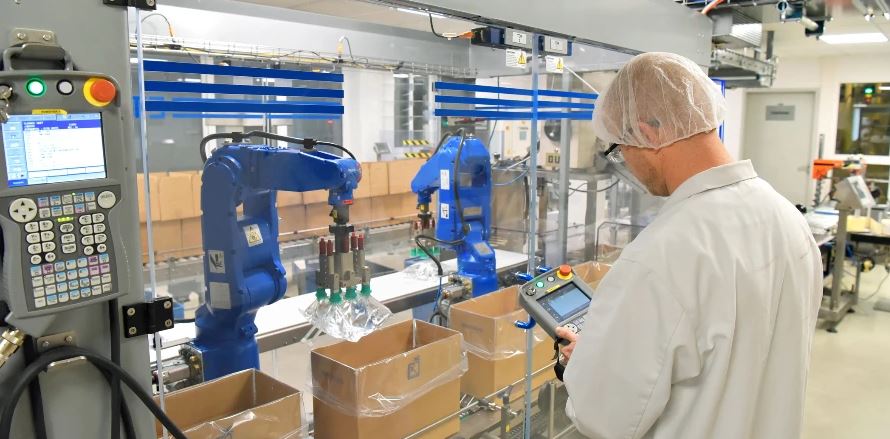Digitalization in the packaging industry will be more influential than sustainability, says Globaldata
2023-01-11
Sustainability has been an important focus for the packaging industry for the past few years, but digitization could now become the key factor, as supply chain efficiencies and proactive cost reductions are required for companies to overcome current inflationary pressures, writes GlobalData.

As the leading analytics and data company explains, the global consumer packaging industry recovered to more than 4.1 trillion packaging units in 2021 after a 1.0% decline during the pandemic in 2020. However, the future growth of the industry will depend on companies being able to mitigate the effects of inflation on the supply chain, which may require a change in the strategic approach of some companies towards digitization. Digitization combines several technologies, such as artificial intelligence (AI), 5G, the Internet of Things, and augmented and virtual reality.
Jenny Questier, senior consumer analyst at GlobalData, comments: “Sustainability has been at the top of many agendas, particularly as regulatory pressures have required companies to focus on compliance. However, the macroeconomic situation has changed and companies simply cannot afford to ignore the cost implications that result from rising energy and material costs.”
According to GlobalData’s 2022 third quarter consumer survey, 3% of global consumers currently state that they are worried about the impact of inflation on their family budget, proving that this is an inevitable factor in purchasing decisions.
Questier continues: “Sustainability could now be seen as a luxury when it comes to packaging, as both consumers and customers may be willing to compromise on this in order to achieve the lowest possible price points for products. Packaging companies will feel the pressure of both rising costs in the supply chain and the reduction of consumers’ purchasing power, which means that they will have to do everything possible to reduce costs halfway and that will inevitably come through digitization. Digitization of supply chains will be imperative to ensure that packaging companies can optimize efficiency and automation.”
A key development in supply chain management over the next decade will be the integration of these digital technologies throughout the supply chain. For example, AI can be used for supply and demand planning to predict peaks and troughs more accurately and, in doing so, optimize inventory management, cost savings and supply chain efficiency. This will also help to go from just-in-time delivery to just-in-case delivery to help maintain product availability at all times.
Questier adds: “Increasing digitalization in manufacturing can increase productivity, reduce costs and improve safety. The easiest way to digitize is to start with a single business process, such as warehousing or initial planning. Increased automation at all stages of the supply chain will improve resilience and reduce the risk of disruptions and help companies successfully manage costs and supply in the future.”




